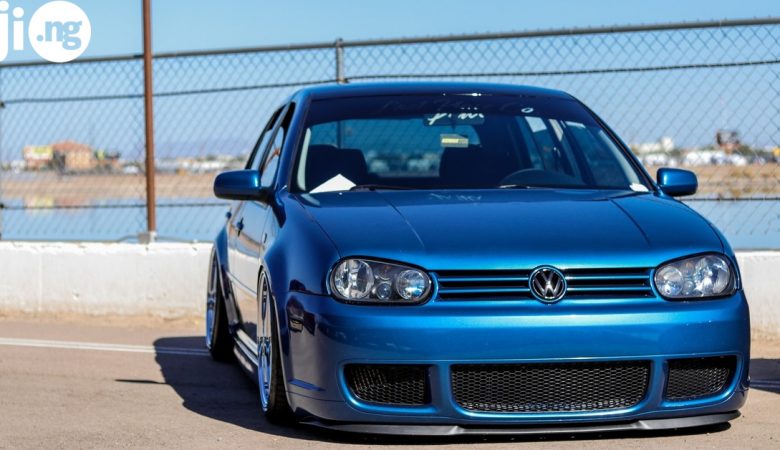There are many traffic rules and regulations in Nigeria, but all of them are very conveniently included into the Nigeria highway code. This document not only introduces highway code signs and meanings, but also regulates the driver’s behaviour in different on-road situations. Find out how to do overtaking according to the the official highway code!
Find your ideal used car on Jiji!
1. When you should not overtake
Overtaking is the only way to advance in traffic and get to your destination in time if you are running late, but the Nigeria road safety rules prohibit overtaking in the following situations.
- The most important tip here is to pay attention to the Nigeria highway code signs: if there a sign with two cars crossed out in a red circle, this sign means “no overtaking” and you should wait until the contradictory sign appears.
- It is prohibited to drive over solid white lines, so if there is no other way to overtake, wait until the road marking changes.
- Even if there are no prohibiting signs or road markings, overtaking should be avoided when you’re driving on the crest of the hill, over a narrow bridge, by a corner or bend, or near a bus station or pedestrian crossing.

2. Step-by-step guide to overtaking
We assume that you’re completely familiar with the highway code road signs and their meanings, which is why these rules should only jog your memory. As always, you should pay maximum attention to the highway code traffic signs and only perform different driving manoeuvrers when the signs don’t prohibit it.
1. Check the view
The highway is the place where cars drive at high speeds, and they may be even faster than you expect. Before making the move to overtake, make sure to look into the mirrors and out of the windows to make sure that the situation is clear and you will have enough room between the cars before and in front of you to merge.
2. Choose left or right
When learning the highway code in the driving school, new drivers are always told to overtake only on the left. However, overtaking on the right is permitted, but in a limited number of situations:
- When you intend to make a right turn and gave the appropriate signal to other drivers
- One-way streets allow you to overtake on the left and on the right without limitations
- When the vehicles on the left are moving too slowly
- When the driver in front of you indicated his intention to turn left or make a U-turn.
3. Consider the parked vehicles
Often you will drive on a two-lane road only to find out that the right lane is occupied by parked vehicles or other obstacles. Another common situation is when both lanes have obstacles that prevent drivers from passing in both directions.
There are usually no highway code road signs for these situations, but it is agreed among Nigerian drivers that if you’re approaching the obstacle at the same speed as the other driver, you should wait until the driver passes before continuing your drive.
4. Merge
When you’ve thoroughly accessed the situation and determined it safe to overtake, quickly turn your car to the left lane to overtake the car in front of you and then promptly return to your lane in front of the car you passed.
At this stage of the overtaking process your job is to not cause any driving hazards – don’t cut in, don’t merge dangerously close to other vehicles, and be prepared to react fast if an unexpected situation occurs.
5. Be sensible
Road rage is a very common condition among Nigerian drivers and can lead to collisions or other unwanted situations. One of the instances where you can feel it is when you’re being overtaken by another car.
Even if your instincts are telling you to accelerate and overtake them in return, it will be better for everyone involved if you remain calm and continue driving at your speed, allowing the overtaking vehicle to move forward.
Shop thousands of neat used cars on Jiji!

Find even more money-saving offers on all kinds of goods on the Jiji app










